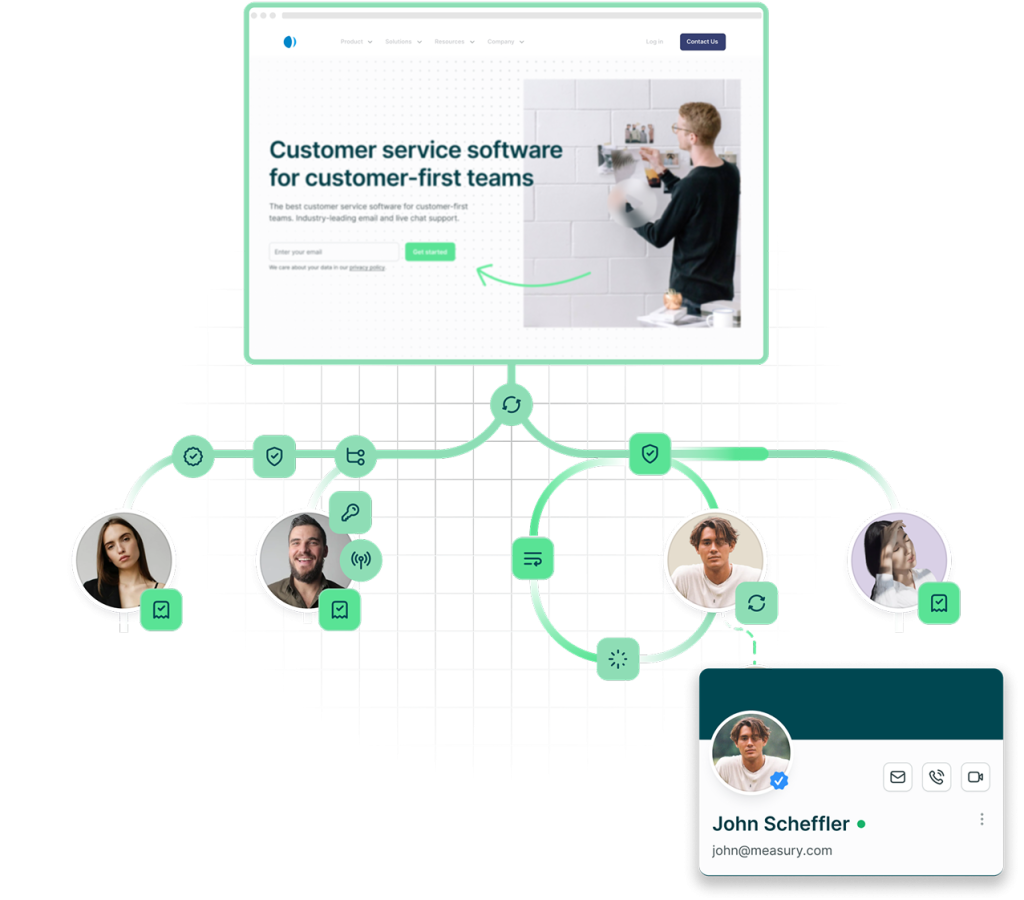Companies using Microsoft System Center Operations Manager by Microsoft Corporation in 2025
As of 2025, 2,867 verified companies use Microsoft System Center Operations Manager – across industries, company sizes, and geographies. This is real, verified data. Whether you’re looking to analyze the market, build a target list, or get a sales edge – this is your starting point.
What is Microsoft System Center Operations Manager by Microsoft Corporation?
Microsoft System Center Operations Manager by Microsoft is a comprehensive monitoring solution designed to manage the performance and availability of systems, applications, and services across an IT infrastructure. It helps organizations proactively identify and address issues before they impact users. This technology is commonly leveraged by IT operations, system administrators, and network engineers across various industries to ensure the health and efficiency of their IT environments.
Last updated date
Number of Companies using
2,867
The majority are based in the
United States
Most common industry?
Manufacturing
Microsoft System Center Operations Manager’s sample user list in 2025
We have data on 2,867 companies that use Microsoft System Center Operations Manager. Our Microsoft System Center Operations Manager customers list is available for download and comes enriched with vital company specifics, including industry classification, organizational size, geographical location, funding rounds, and revenue figures, among others.
Get a Free Sample of Companies that use Microsoft System Center Operations Manager
We’ll send you a personalized preview of companies using Microsoft System Center Operations Manager—tailored to your ideal customer profile. No fluff. Just verified data. And a chance to turn tech signals into pipeline.
Microsoft System Center Operations Manager users and customers by country
2.6K Companies
2.6K Companies
2.6K Companies
2.6K Companies
Where Microsoft System Center Operations Manager Shows Up Most
Microsoft System Center Operations Manager is used across a wide range of sectors:
Manufacturing
Business Services
Finance
Retail
Insurance
From lean startups to global enterprises, Microsoft System Center Operations Manager’s footprint is wide, and that means opportunity.

Tech Stack Database
How It Works
It’s everything you wish outbound was—automated, precise, and scalable.
- Landbase finds and qualifies your ideal prospect data automatically
- Landbase deploys specialized AI agents to generate and run high-converting campaigns
- Landbase executes across all channels, handling all the technical complexity behind the scenes.
- Your pipeline fills up. You get to focus on strategy, not busywork.
Trusted by High-Performing GTM Teams
Join the teams using Landbase to:
- Eliminate manual prospecting
- Fill pipeline faster
- Win against competitors
- Built for SDRs, AEs, RevOps, and GTM Leaders
- Powered by AI. Delivered with Speed
FAQs
Contact UsHow latest this data is?
This data is updated on August 17, 2025
What is Microsoft System Center Operations Manager (SCOM)?
Microsoft System Center Operations Manager is a comprehensive monitoring solution designed to manage the performance and availability of systems, applications, and services across an IT infrastructure. It proactively identifies and addresses issues before they impact users.
How many companies are using Microsoft System Center Operations Manager in 2025?
As of 2025, there are 2,867 verified companies using Microsoft System Center Operations Manager.
Which industries are the primary users of Microsoft System Center Operations Manager?
The industries with the highest adoption of Microsoft System Center Operations Manager include Manufacturing, Business Services, Finance, Retail, and Insurance.
Which country has the highest number of companies using Microsoft System Center Operations Manager?
The United States has the highest number of companies using Microsoft System Center Operations Manager.
What type of data is available in the customer list?
The customer list includes vital company specifics such as industry classification, organizational size, geographical location, funding rounds, and revenue figures.
